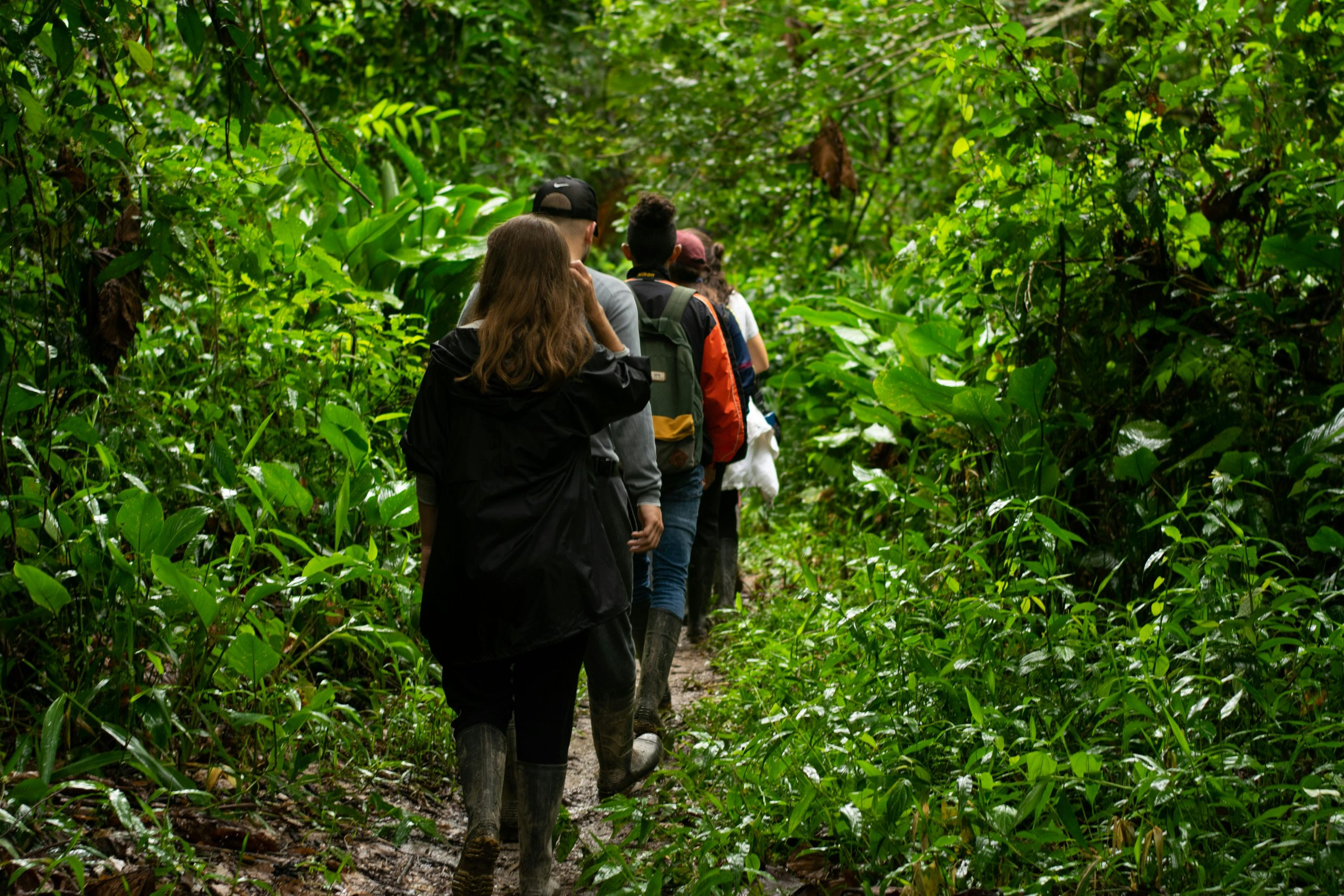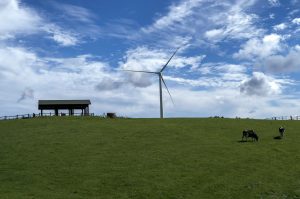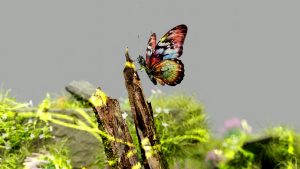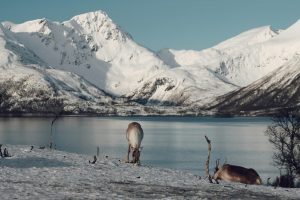Earthwatch Expeditions: Tracking Wildlife in the Amazon for Science
The Amazon rainforest is not only a vast expanse of lush greenery, but also home to countless different species of wildlife. In order to better understand and protect these creatures, conservation organizations like Earthwatch have been studying the Amazon’s biodiversity for decades. Through their expeditions, volunteers have the unique opportunity to track and observe animals in their natural habitat, while assisting in important scientific research. Let’s take a closer look at Earthwatch Expeditions and their vital work in tracking wildlife in the Amazon for science.
The Importance of Tracking Wildlife in the Amazon
The Amazon rainforest is known as one of the most biodiverse regions on earth, with an estimated 10% of the world’s known species found within its borders. However, this biodiversity is under constant threat from deforestation, climate change, and other human activities. That’s why it’s crucial to monitor and track the wildlife living in the Amazon, to gain a better understanding of their behavior and how they are impacted by these threats.
Earthwatch Expeditions: A Unique Opportunity
Since 1971, Earthwatch has been organizing expeditions for volunteers to work alongside scientists in studying and conserving the natural world. Their expeditions in the Amazon focus on tracking wildlife, using various methods such as radio telemetry, camera traps, and direct observation. These methods allow researchers to gather data on the movements, behaviors, and population sizes of different animal species.
The Role of Volunteers
Volunteers play a crucial role in Earthwatch’s expeditions, as they provide much-needed manpower and resources. They also have the opportunity to learn from and work closely with scientists, gaining hands-on experience in conducting research and collecting data. This not only contributes to the larger goal of protecting the Amazon’s wildlife, but also allows volunteers to engage in meaningful and impactful work.
Contributing to Scientific Research
Earthwatch Expeditions not only benefit the organization and the volunteers, but also contribute to important scientific research. By tracking wildlife in the Amazon, researchers are able to gather valuable data that helps us learn more about these animals and their habitat. This data can then be used to inform conservation efforts and policy-making decisions, ultimately helping to protect the Amazon rainforest and its inhabitants.
Conclusion
The Amazon rainforest and its wildlife face numerous threats, making it crucial to understand and monitor their populations. Through Earthwatch Expeditions, volunteers have the unique opportunity to work alongside scientists in tracking and studying these creatures. This not only benefits the organization and its volunteers, but also contributes to important scientific research. So, if you are looking for a meaningful and impactful way to contribute to conservation efforts, consider joining an Earthwatch Expedition to track wildlife in the Amazon for science.











